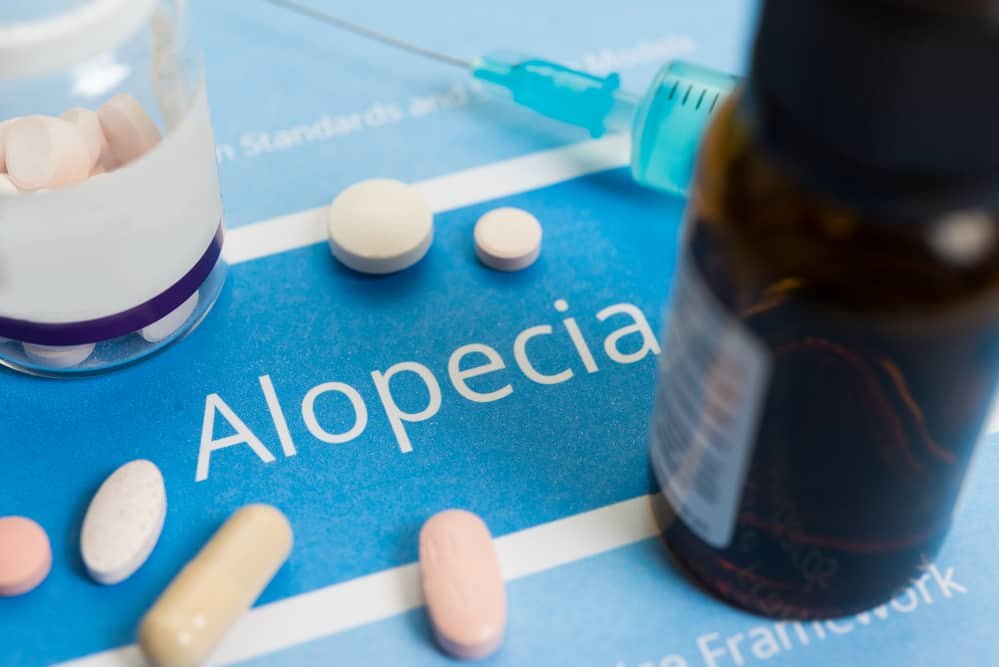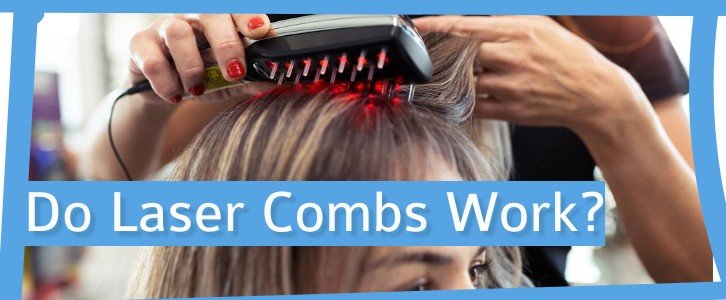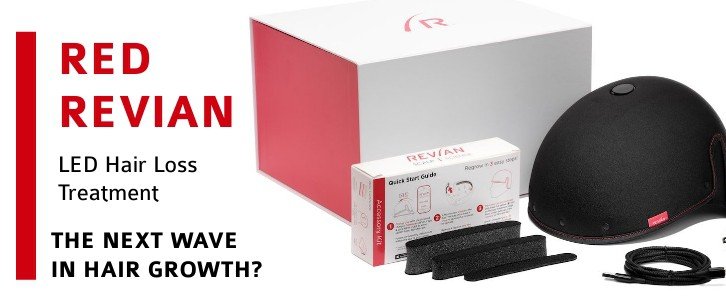Hair shedding is normal, and most of us experience this daily. You run fingers through your hair, and when you pull your hand away, you can see matted clumps of hair in your hands. It is normal, but you can stop hair shedding.
The first thought that strikes our mind is becoming bald one day. Your first impulse might be to take hastened actions to fix it. But relax; stress can only make hair loss worse.
You should always consult a doctor if you feel the need to do hair treatments. A variety of reasons can cause shedding. And there are a few simple causes we can address first to rule them out.
5 Reasons for Hair Shed
We all want healthy hair, and we may not be aware of the confidence we get when our hair looks great and healthy.
But we will be aware when we start losing hair, and our confidence goes out the window.
We are sad and start imagining the irreversible nature of hair loss and how it will only worsen with time. Will I go bald? What’s the reason for this? Let’s discuss a few possible explanations.
Hereditary Hair Loss or Baldness
Hereditary hair loss (also known as androgenetic alopecia) is the most significant cause of hair loss and shed hair. If your family members have thinning hair, you are more likely to have thinning hair. Take a look at your parents, uncles, aunts, and grandparents. Do they still have their hair, or are they balding?
Hereditary baldness is due to your genetics. Some people are sensitive to hormones that attack the hair follicles, and others are not. Especially sensitivity to the hormone DHT is the leading cause of male pattern baldness.
Your Diet
Diet plays a significant role in making or breaking your body. The moment you start messing up your diet, you risk losing hair.
Healthy hair needs the proper micro and macronutrient. Doing crash diets or eating garbage won’t help.
Too Much Heat
Straightening, curling, or any hot hair treatment can break hair. Heat causes changes to the keratin in the hair. It changes it from one type of keratin to another keratin. These changes can cause weaker and more brittle hair.
Split Ends
Split ends weaken your hair. When your hair strand splits in two, they become fragile and easy to break.
Stress
Stress levels peak when you go through traumatic phases in life. A series of bad days doesn’t only affect your mental health but your physical health too. And that can include hair loss.
Hair loss itself is a stress-inducing issue. Increased stress levels can increase hair shedding, so try to relax while finding a solution.
What Can I Do To Stop My Hair From Shedding?
Finding a solution for hair shedding is not always easy. You should always consult with a doctor to discuss symptoms. Since hair loss may indicate an underlying problem, you should consider your general health.
The tips below are of great help for general health that anyone can follow. Try them.
Eat Better
Essential nutrients are vital for hair growth. These nutrients come from a balanced diet that may include vegetables, meat, and fruits.
Iron plays a critical role in the development of hair. Especially if you are iron deficient, you might experience hair loss.
A balanced diet meets the daily recommended calorie intake and macro- and micronutrients.
Control Your Stress
Our body has many hormones, and each hormone has a function. The stress hormone gets released when you experience stressful situations.
High levels of stress hormones may affect your hair growth. Do what you can to keep your stress levels to the lowest. Or go to therapy or seek professional help.
Stop Making Tight Hairstyles
Have you ever heard of scalp stress? A tight hairstyle can pull too hard on the roots of your follicles, and this stress can make your scalp sore and cause itching and burning.
The only way to prevent scalp stress is to keep a looser hairstyle. Avoid ponytails or buns that require a very tight hair band.
Best Treatments To Stop Hair Shedding
There are solutions to most problems in life. Hair shedding is a significant problem for billions of men and women, but many treatments are available. Consult with your doctor about the following options.
Finasteride
Finasteride is one of two FDA-approved drugs for treating hair loss. The standard prescribed dose is between 0.25 mg to 1 mg per day, decreasing the production of the DHT hormone, which is the leading cause of male pattern baldness.
A daily dose of finasteride lowers DHT levels in the body by 64-69% on average, often enough to halt or slow down the hair loss process. Taking more of the drug does not suppress DHT but increases the risks of side effects. Results vary between individuals.
Dutasteride
Dutasteride is a more potent version of finasteride. 5AR is the enzyme that converts testosterone to DHT, and finasteride only blocks one of the two enzymes of 5-alpha reductase (5AR), while dutasteride blocks both.
Dutasteride is FDA-approved for treating benign prostatic hyperplasia, but not hair loss. If a doctor prescribes dutasteride as a hair loss treatment, it is an off-label use in most countries.
Please read our article on hair loss treatments.
Best Treatments to Regrow Hair
Minoxidil
Minoxidil is the second of the two FDA-approved drugs for treating hair loss. Minoxidil is a topical treatment that promotes hair growth in the treated area. It may help weak hair follicles to grow and hold thicker and longer hair. It comes as a liquid and foam, a 2% solution for women and 5% for men.
But minoxidil does not prevent further hair loss since it does not affect DHT levels. Doctors thus often prescribe both finasteride and minoxidil to treat male pattern baldness. Finasteride slows down hair loss, and minoxidil promotes strong hair growth.
Many people experience an initial shedding phase when starting minoxidil treatment. Because the hair follicle enters the anagen growth phase, it has to shed the hair in the root. The shed hair is dormant, already at the end of its life cycle, and will fall out at some point.
Low-Level Laser Therapy Hair Growth Devices
Low-level laser therapy (LLLT) can promote hair growth. The device emits laser light at the optimal wavelengths for hair growth. It also improves blood circulation to the scalp.
The treatment is often 15-30 minutes every other day or twice a week.
Microneedling
Microneedling works by using tiny needles to puncture the skin to cause wounds. These small wounds force the body’s rejuvenation process. The improved blood flow and healing can also stimulate hair growth in the area.
Conclusion
Hair shedding is a prevalent problem, and it is difficult to diagnose the reason for hair loss. But there are treatments to stop hair loss and promote hair regrowth. Awareness is the key to understanding and resolving this issue.





